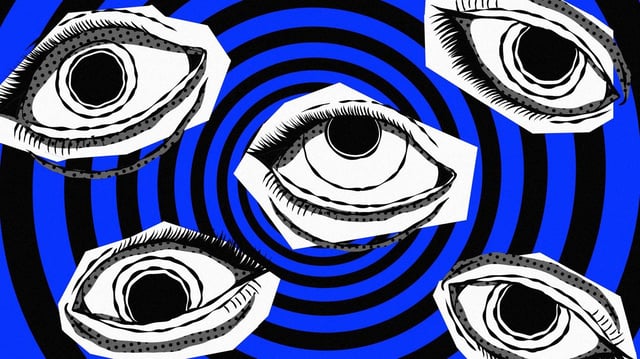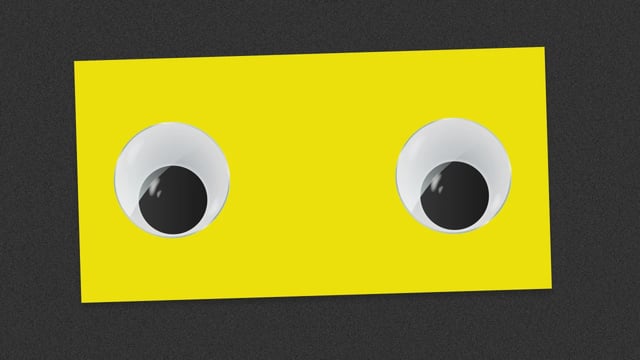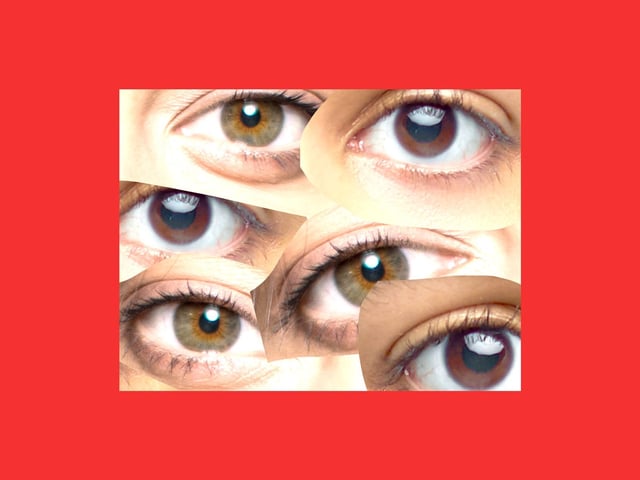Overview
- Psychotherapist Daren Banarsë describes the blank stare as a visible sign of internal overload in face-to-face interactions after growing up with time to craft digital messages
- National Survey of Children’s Health data show 16.1 percent of teens were diagnosed with an anxiety disorder in 2023, a 61 percent rise since 2016
- Gen Z TikTok users defend the stare as a protective boundary-setting tool against unwanted engagement and emotional labor
- Millennials and other observers criticize the trend as rude or disorienting in customer-service and everyday settings, highlighting a widening generational communication gap
- Commentators compare the stare to earlier expressions like RBF and “Ok, Boomer,” situating it within a continuum of evolving generational etiquette



